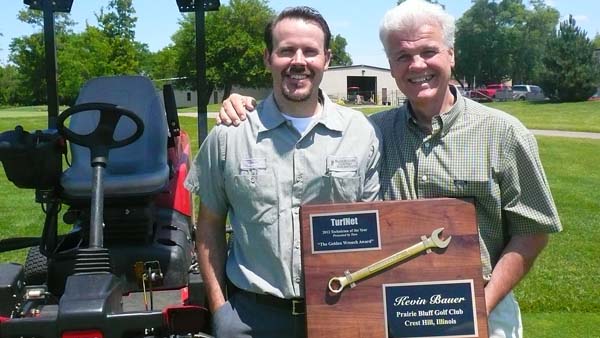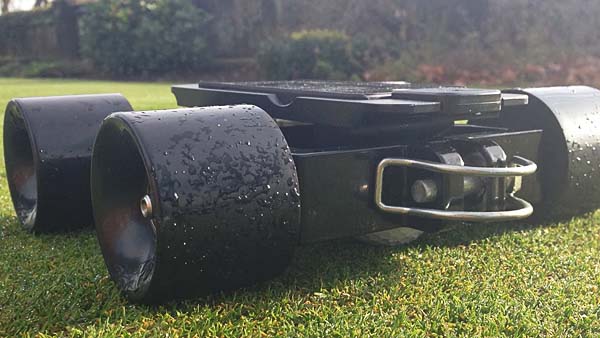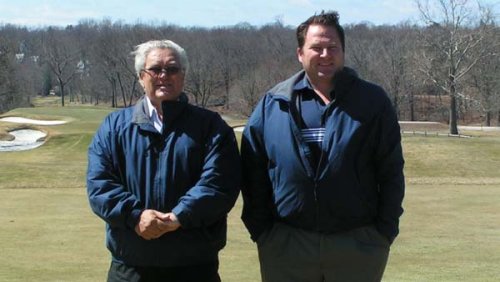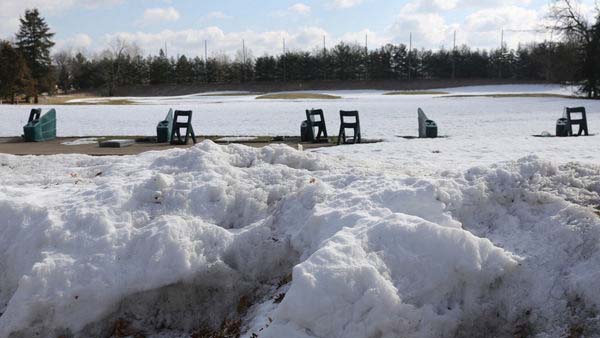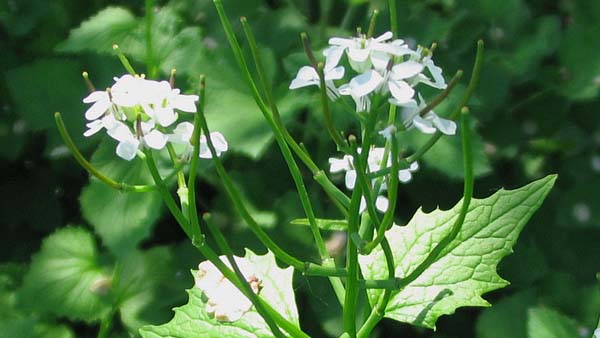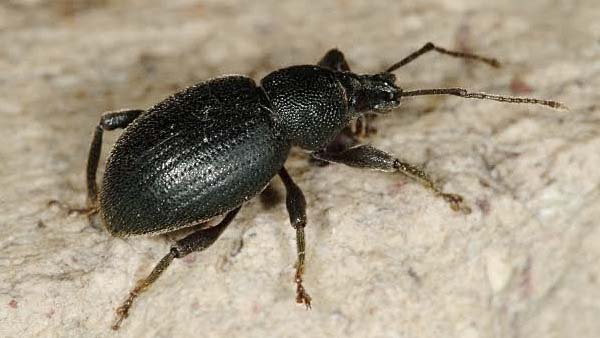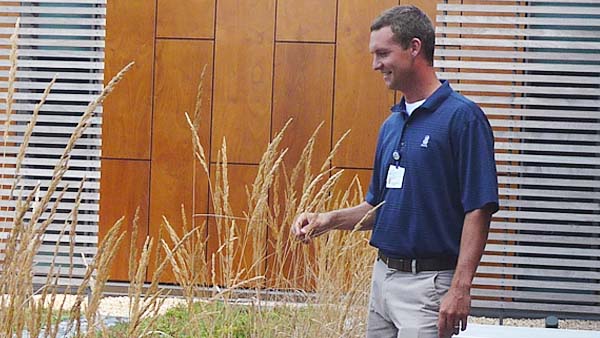
A glass half full
By John Reitman, in News,
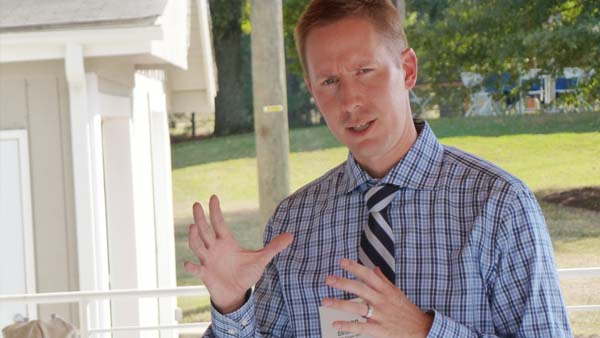
- Jon Scott, Nicklaus Design
He recalled a quote by former GCSAA chief executive officer Steve Mona, now with the World Golf Foundation, that went something like this: "Superintendents need to change their image. They do not need someone else telling the members what they accomplished. If you want to make more, then you need to have a different persona." "That really resonated with me," said Shaffer, who went on to say if he were a younger superintendent he would develop the skills to become a general manager and would have a better golf game that the in-house PGA professional so he could play with and have an audience with members. "I would make every single member know that I was the man to run it all," he said. Like Shaffer, Jon Scott has been in the business for more than 40 years, including a total of 16 years with Nicklaus Design, 15 as a superintendent and almost 10 years with the PGA Tour's agronomy division. The golf boom brought with it, he said, a tiered employment structure that included the advent of the second assistant. With the boom officially over several years ago, Scott says he sees two emerging trends: fewer second assistants and tenured superintendents being pushed out the door and replaced by the first assistant for the sake of cutting costs. "Today, the median age of the superintendent keeps going down and so are wages and benefits," Scott said. "Fewer people are looking to enter the profession, and those that do are finding a return to the single assistant model. We have come full circle and perhaps settled into a more sustainable model for what being a superintendent is all about. The superintendent profession may have hit its high water mark some years ago." Given that reality, success in today's leaner economy, Scott says, will superintendents to do their jobs better than ever. "The new survival skills are going to be a willingness to be more personally hands-on with an emphasis on cross-training and multi-tasking," he said. "At all but the high-end courses, the days of the 20-person staff for 18 holes are coming to an end. Likewise, having the luxury of two assistants, two mechanics, a spray/fertilizer technician, a project foreman and even an administrative assistant is disappearing at many courses. Those jobs still exist, but they are done with fewer people having more diversified abilities. During my career (as a superintendent), I was at various times an electrician, mechanic, hydraulic engineer, plumber, carpenter, heavy- and light-equipment operator, landscaper, councilor, accountant, teacher, author, researcher, arborist, agronomist and finally just a plain laborer. When I would try to explain this to someone, their eyes would roll. It is just what we did. I am seeing a return to this philosophy in my consulting work today. I'm not sure whether to lament or embrace this regression, but it is the reality of the marketplace." Scott's observations reinforce the philosophy that the superintendent should work to develop the reputation of being the most valued person at any golf course. That means improving business and communications skills and being accepting of change. "If we're not moving forward that way we are stale. We have to continue to learn," Stromme said. "You have to develop these skills to thrive. It's about getting back to viewing challenges as opportunity, developing your business side and understanding that everything you do every day is about how you utilize your resources to maximize the experience for your guest."
- Read more...
- 4,057 views


